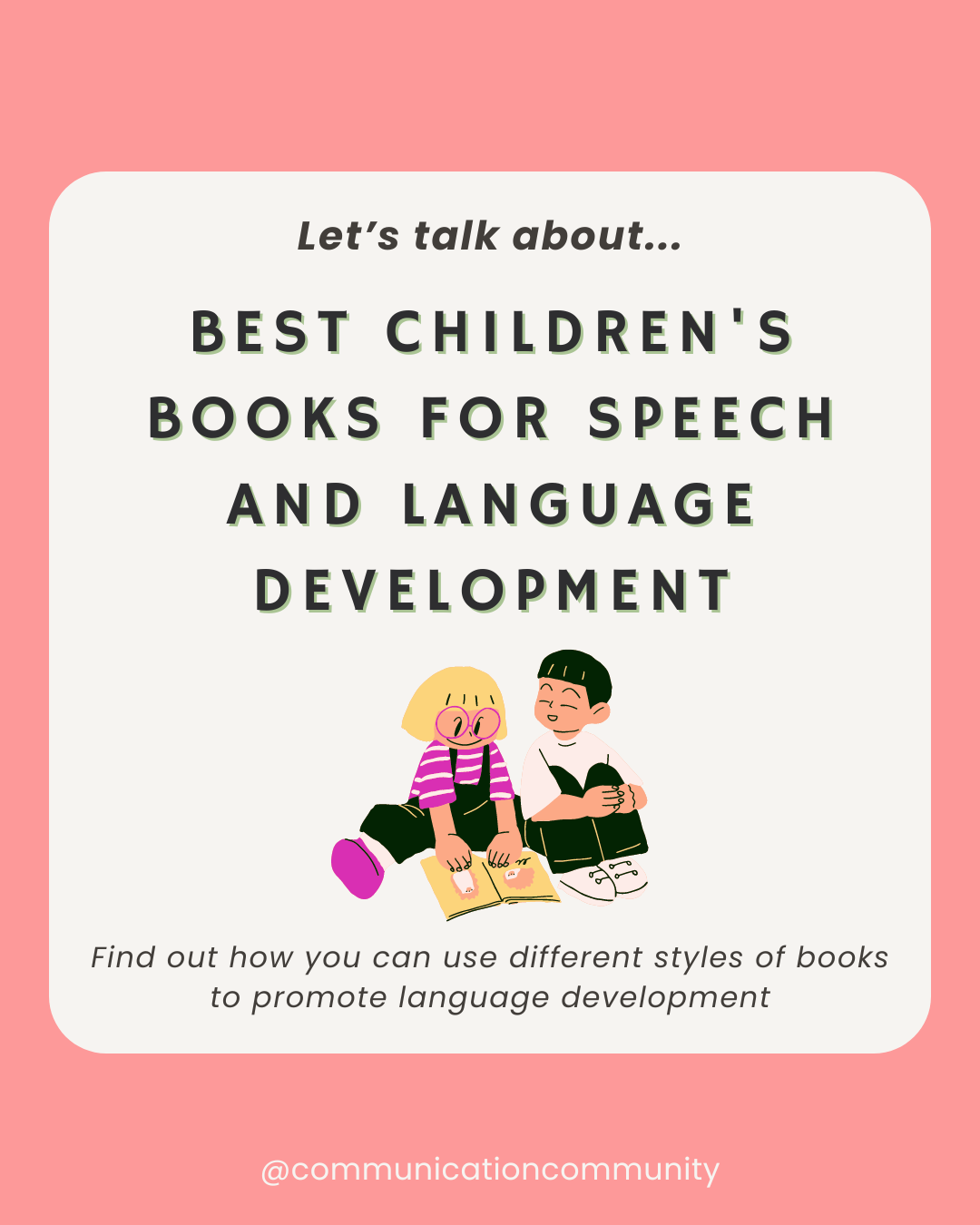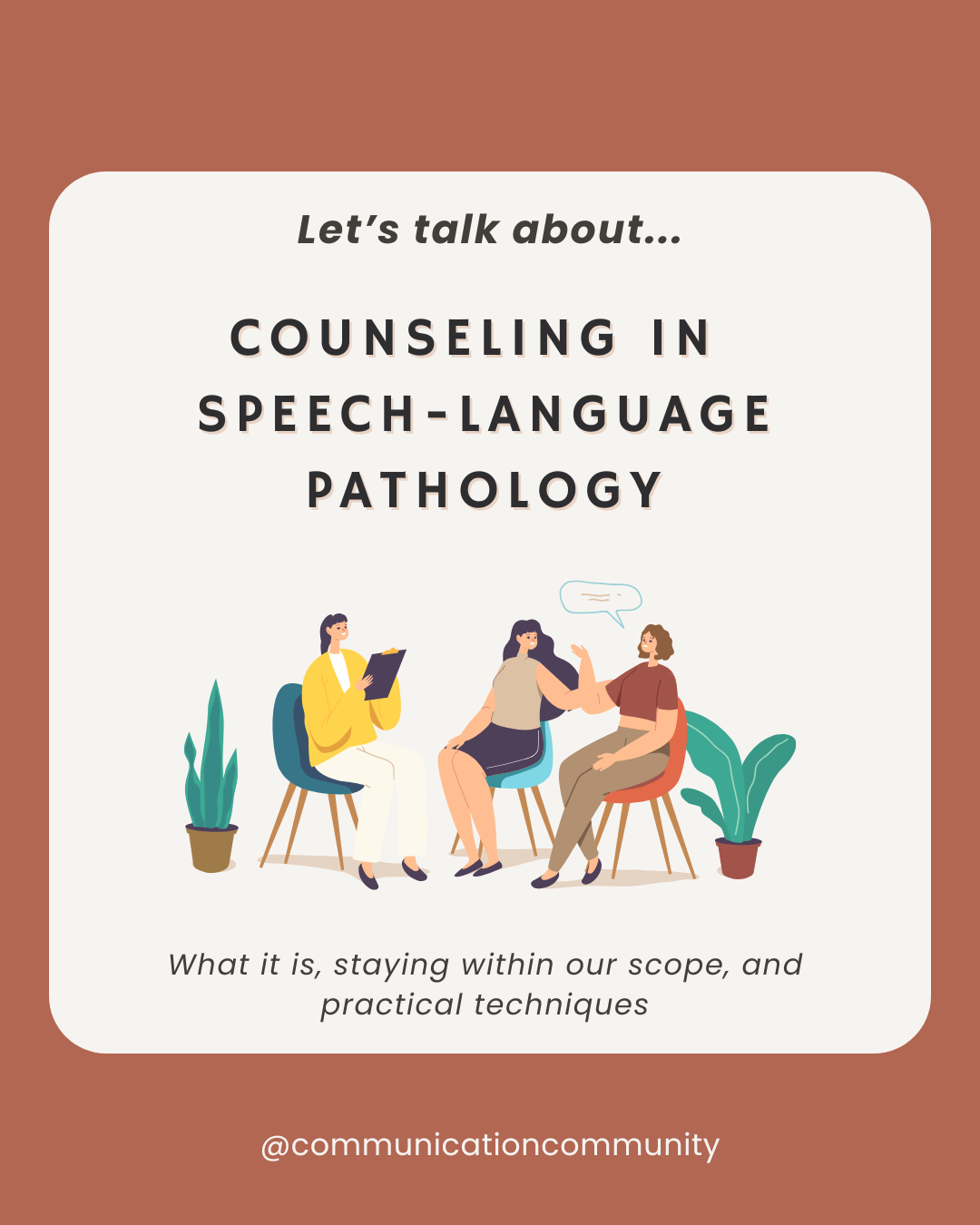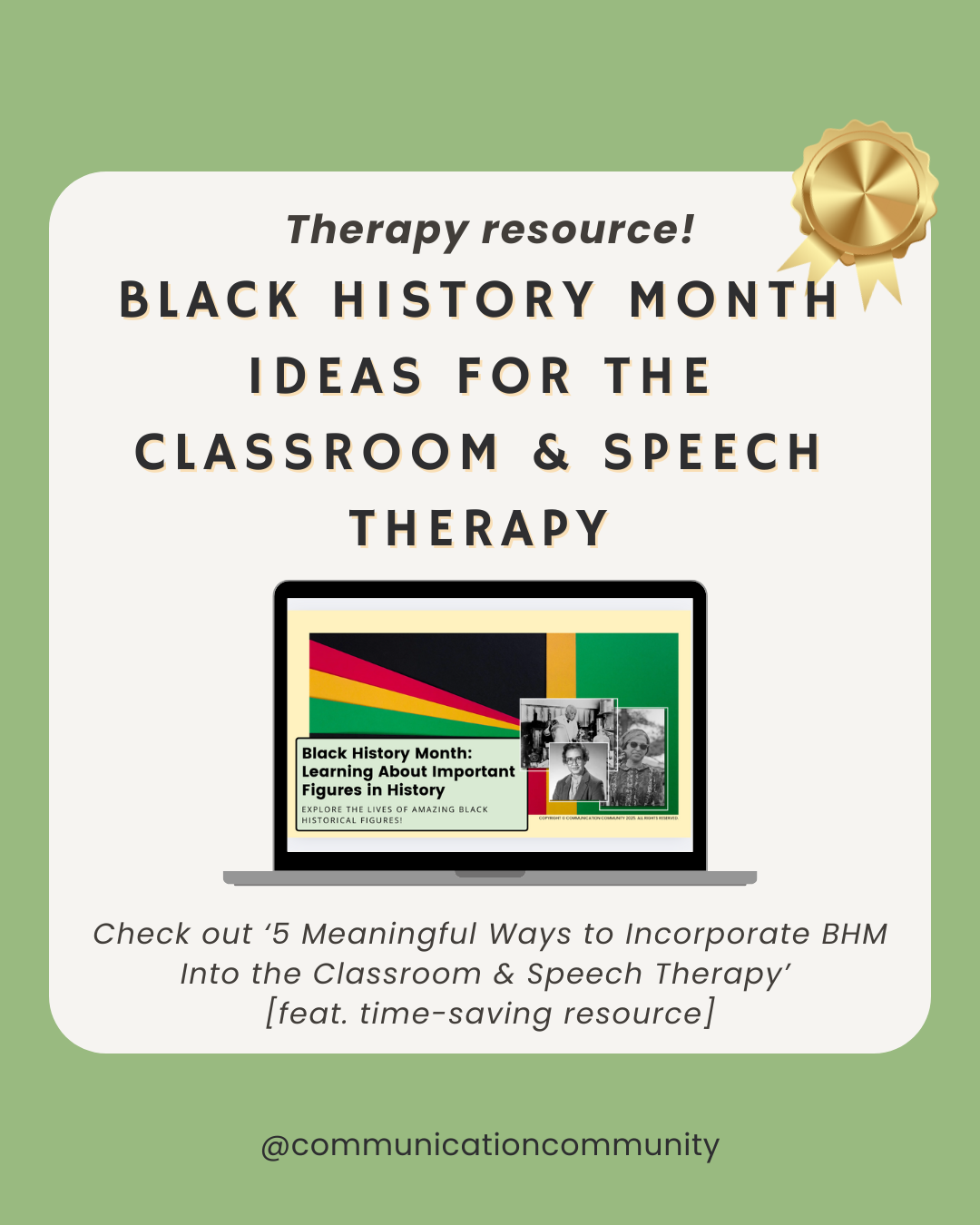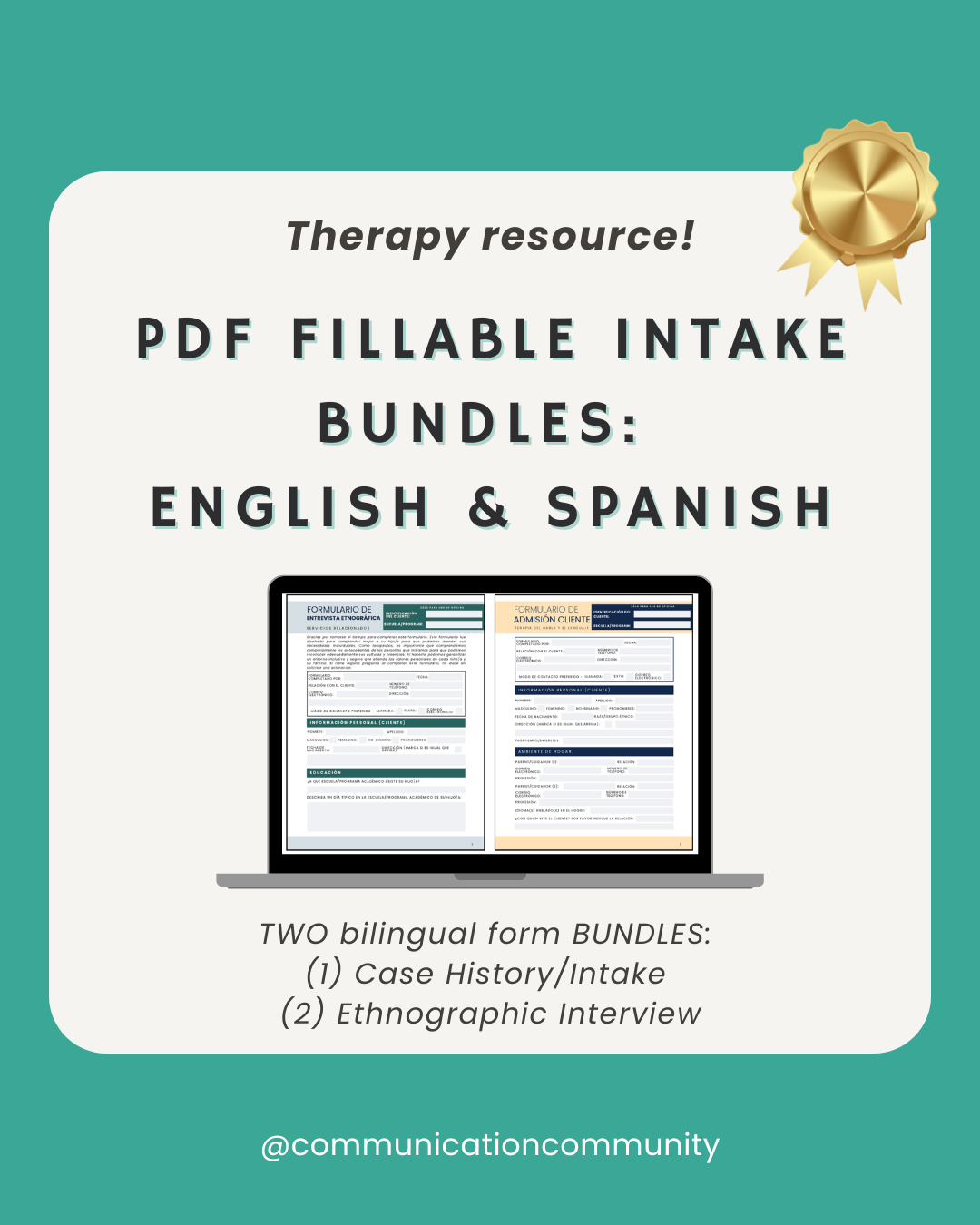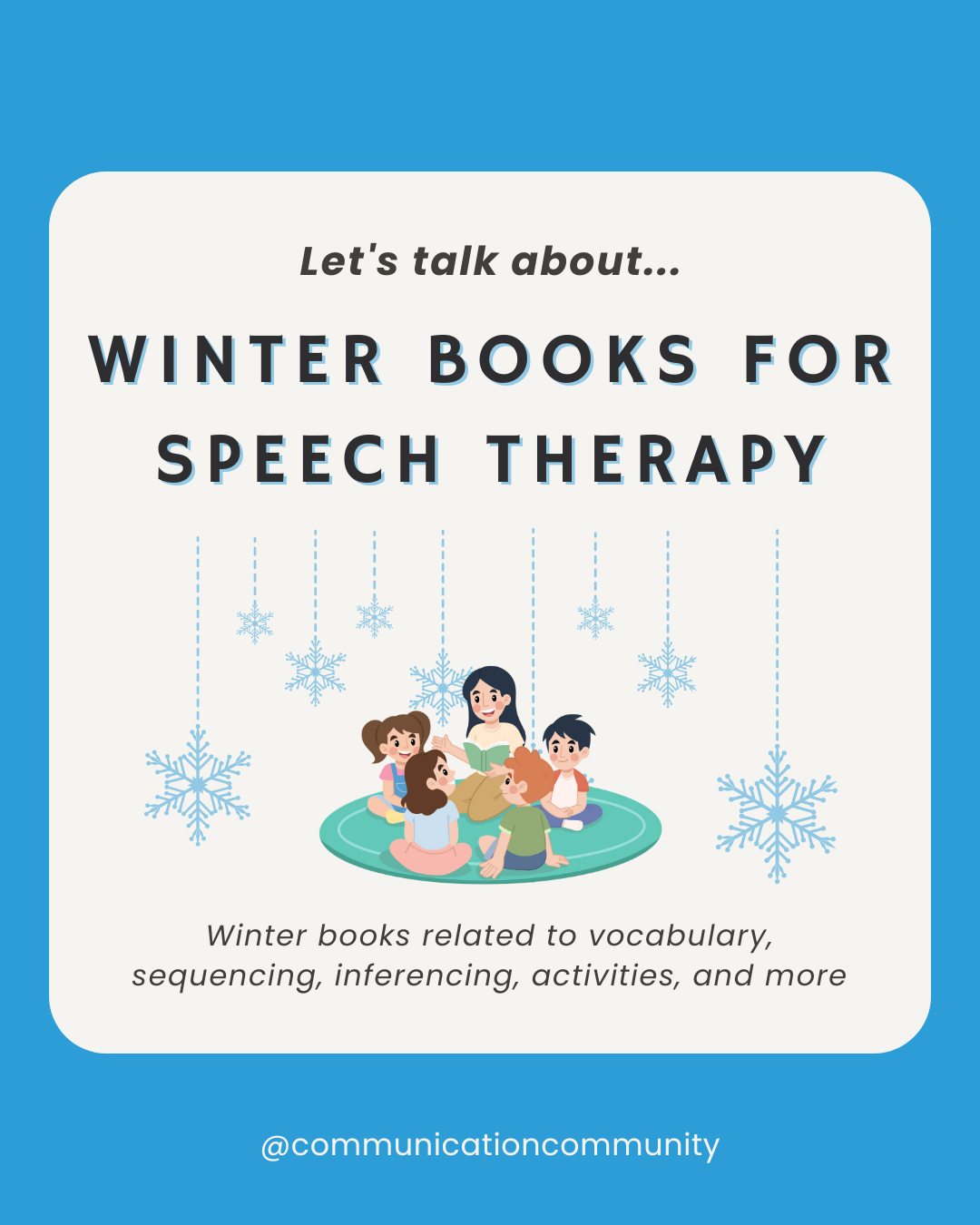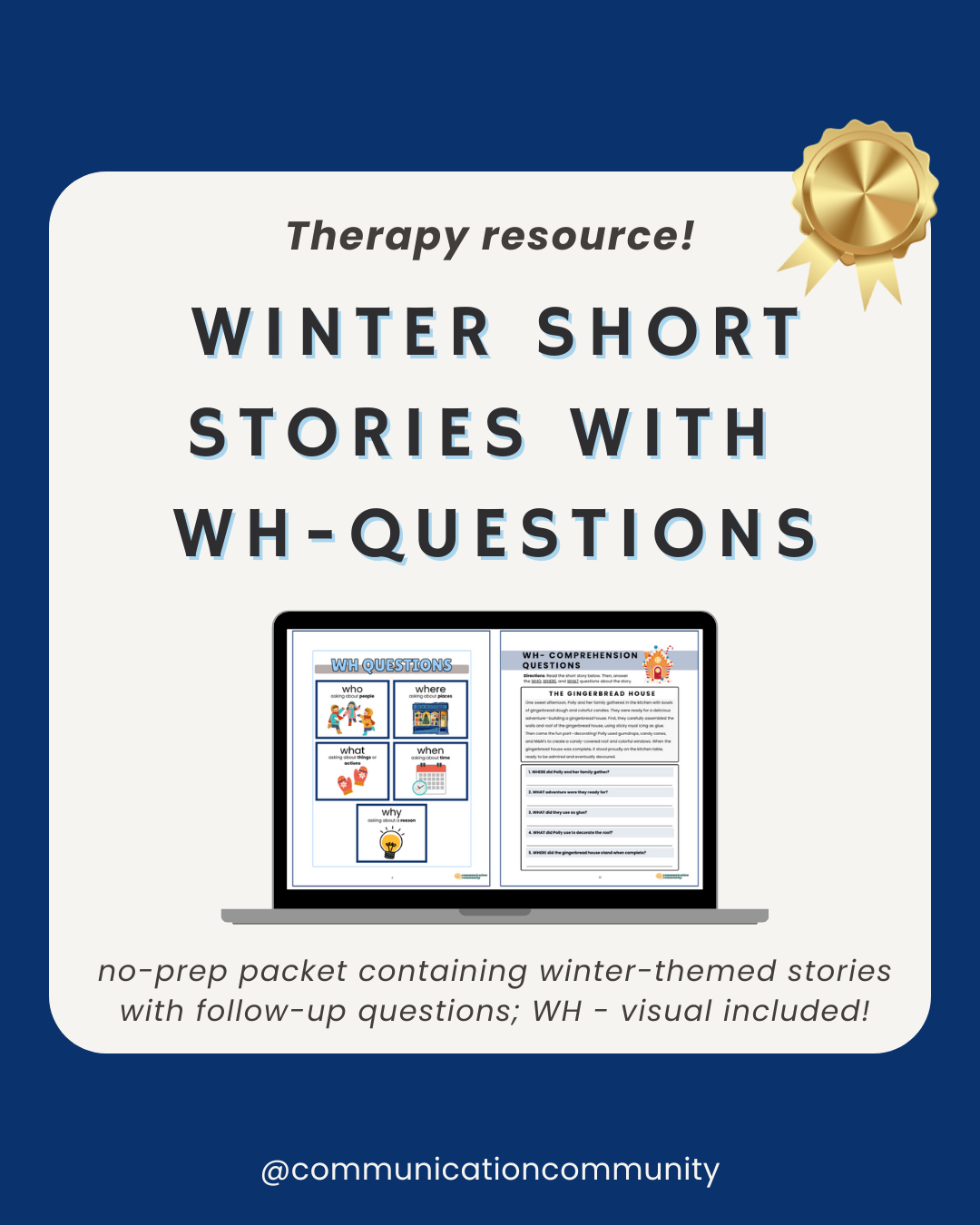Read below to find out how you can use different styles of books to promote language development. From pop-up, to tactile, to sound books, and more - we've got them covered (links too)!
I make it a point that when I speak with parents, I tell them that books and joint book reading can be one of the most beneficial ways they can spend time with their children. Books are something I recommend to parents more than most other at-home resources. Joint book reading can also be a very intimate experience between you and your child. For example, it often follows a predictable routine, such as getting ready for bed. Reading with or to your child promotes interactive behaviors that foster a strong sense of communication and social closeness. Interactive behaviors include turn-taking, imitation, establishing joint attention, and developing anticipatory sets (Paul & Norbury, 2012). Even if your child is not yet a "reader," exposure to books and other print also encourages early literacy awareness.
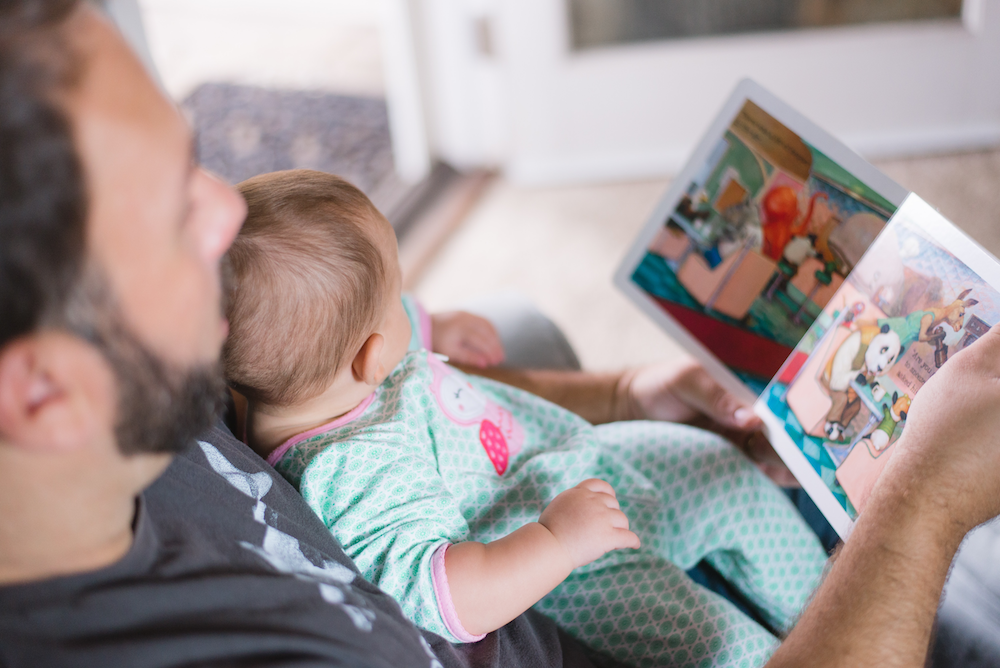
You may think, my child is less than 12 months, why should I expose them to text and language they cannot yet understand? Good question. In literacy development, there are numerous precursors that serve as tools to promote reading and writing skills down the road. One precursor is literacy socialization. In other words - exposure. By reading to your one-year-old, you are modeling the appropriate way to hold a book, turn the pages, and have an opportunity to point to and label various nouns (characters, places, objects). As your child gets older, they will begin to understand that book reading contains a particular sequence and they will start to make predictions as they become more familiar with literary structures and story elements (characters, setting, main idea, etc.). It is an ever-evolving process as your child grows and expands-on these skills, but beginning young is one of the best indicators for future literacy success.
As you expose your children to print and other literary elements, there are a plethora of books on the market that can serve as incredibly helpful resources. I have included some below that can be used to teach and model specific concepts in therapy, or to use at home. These books include pop-up/lift-the-flap books, tactile (touch and feel) books, animated (sound) books, wordless picture books, rhyming books, and alphabet books. Check them out!
Pop-up / Lift-the-Flap Books
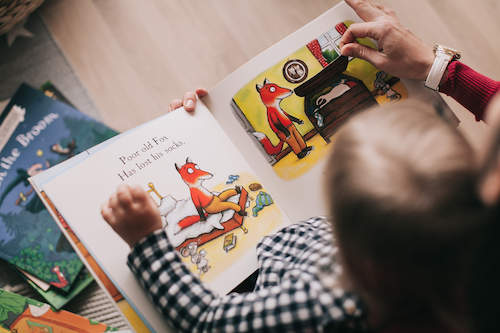
Pop-up or moveable books provide children with the opportunity to engage with fun, tangible features revolving around their favorite story. Pop-up books incorporate things like pull tabs and flaps that are found throughout the book and are usually easier to manipulate; they are most commonly used by pre- or early readers. Books such as these may also sustain your child’s attention longer since they contain a variety of hands-on components. In therapy, I use pop-up books when teaching positional concepts and prepositions. This gives your child frequent exposure to words like in, on, under, next to, etc. You can also incorporate prepositions into a variety of directions - promoting receptive understanding and motor planning (e.g., “Show me the ball behind the tree.”). Additionally, pop-up books can also teach cause and effect concepts (e.g., pulling down the bottom flap will make the dog go under the covers; pushing up a tab will make the dog jump).
Pop-up / lift-the-flap books to check out:
-Where’s Spot? by Eric Hill
-Dear Zoo by Rod Campbell
-Zoom Zoom Baby by Karen Katz
Tactile Books
Tactile books are also sometimes called “Touch and Feel” books. They are designed to be very hands-on and explore different types of sensory mediums. Tactile books are great if you are trying to integrate sensory components to your reading routine. They are also a wonderful tool if your child has visual limitations. Again, similar to pop-up books, your child’s time attending to the book is likely to increase because it requires more active engagement when reading the story. It can also provide your child with the additional context needed to engage independently. Think about it: do you think your two-year-old child would be more likely to use their downtime to seek out a book that is visually and tactility stimulating, or a book that has fewer pictures and more text? I know that when I was a kid, the fun was in ripping the “boring” text-heavy books, not “reading" them. Further, tactile books provide very concrete examples of a variety of describing words (e.g., shiny, rough, fluffy), which can increase your child’s vocabulary acquisition. As your child increases their descriptive repertoire, it can promote additional language to help increase the structure and length of their phrases and sentences.
Tactile books to check out:
-Bright Baby Touch and Feel (Words, Colors, Numbers, Shapes) by Roger Pridy
-Feely Bugs by David A. Carter
-Pat the Bunny by Dorothy Kunhardt
Sound (animated) Books
Sensory, sensory, sensory! See a similar pattern for some of these children’s books? Another sensory component that children tend to gravitate towards when it comes to books is sound. Books with sound promote auditory engagement and show children that reading can be fun (and sound fun too)! Many of these books also contain other versions without the audio feature, which can be used as your child begins to increase their literacy skills and read independently. Sound books are also one of my favorite tools for younger children who are just beginning to combine words (e.g., “cow moo”; “doggie wuff”). Many sound books contain animal themes or features, which kids are usually eager to talk about and describe. Some animal sounds are not as articulatory intensive (hard to say) as other common words; so words like moo moo and baa baa are easier to combine and use with frequency.
Sound books to check out:
-Polar Bear, Polar Bear, What Do You Hear? By Bill Martin Jr. and Eric Carle
-We’re Going on a Bear Hunt by Michael Rosen
-Simple First Words: Let’s Talk by Roger Priddy
Wordless Picture Books
Wordless picture books are a must-have in speech-language therapy. Though it does not promote the same level of print/alphabet exposure as most early-literacy books, these books facilitate more room for language expansion and imagination. I use these books to target an assortment of skills, such as labeling, predicting, and emotional inferencing (just to name a few). Because wordless picture books contain little to no text, it also provides you with more opportunities to directly interact with your child and create language-learning opportunities. Asking questions like, “How do you think [character] feels?” or “Where do you think the treasure is hidden?” can prompt your child to form social inferences and test our their theories. You can also use books like these to indirectly measure your child’s language expansion. How are they describing some of the illustrations that they see at three years, as compared to how they are describing at four?
Wordless picture books to check out:
-Good Dog Carl by Alexandra Day
-A Boy, a Dog, and a Frog by Mercer Mayer
-The Red Book by Barbara Lehman
Rhyming Books
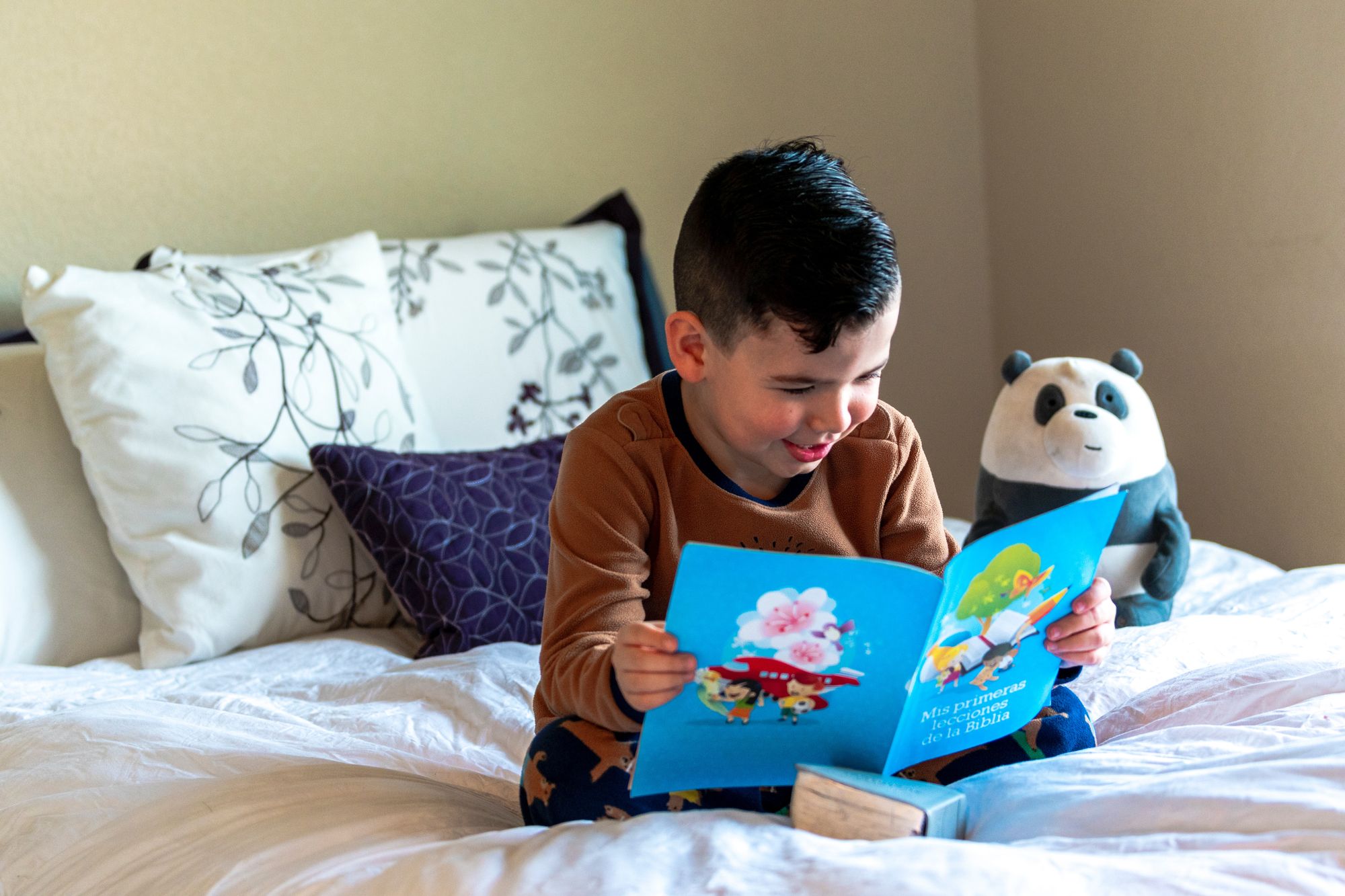
Some of the most popular authors who writing children's rhyming books include Bill Martin Jr., Alan Katz, Jan Thomas, Anna Dewdney, and Dr. Seuss. Some of these great books include Rhyming Dust Bunnies and Llama Llama Red Pajama. There are rhyming books for a variety of different reading levels, so you can find different ones as your loved one’s literacy skills develop. Like those literacy precursors (phonological awareness) that were mentioned before, rhyming is foundational to reading and writing skills. It teaches children that letters within words function as very specific units of speech and changes in sound can alter an entire meaning of a word. It also teaches kids the concepts of same and different, as it relates to discriminating words and sounds. As your child develops their rhyming skills, books such as these can also increase in interactiveness - have your child guess what word will come next based on the rhyme, or have them create their own.
Rhyming books to check out:
-Llama Llama Red Pajama by Anna Dewdeny
-How do Dinosaurs Say Goodnight? By Jane Yolen & Mark Teague
-Goodnight Moon by Margaret Wise Brown
... and lastly, Alphabet Books
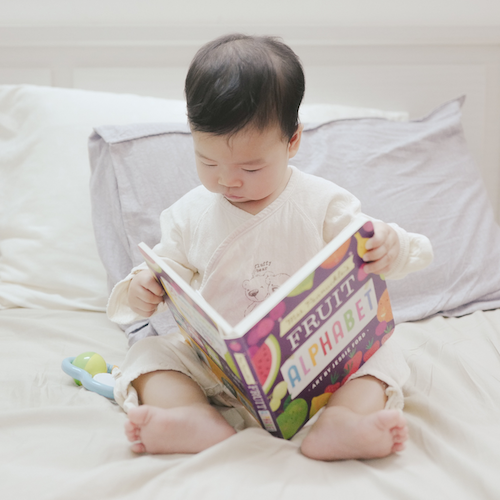
Alphabet books are (most of time) designed to teach your child how to learn the letters in the alphabet in a fun, illustrative way. They are geared towards young children because alphabet books are styled in a way that promotes letter-name and letter-sound knowledge; specifically, phoneme awareness. For example, it is not uncommon to hear a child who is not yet reading say something like, “A is for apple!” This child may not have a complete understanding of letter-name correspondence; however, they are developing an awareness of print and making learned associations. Children are also increasing their own letter-sound correspondence when they can label apple, and see a big ‘A’ as its counterpart.
Alphabet books to check out:
-ABC: An Amazing Alphabet Book by Dr. Seuss
-Chicka Chicka Boom Boom by Bill Martin Jr. & John Archambault
-Curious George Learns the Alphabet by H.A. Rey
These are just some of the many, many books that can be used when reading to your child. If your child shows a particular interest in a specific book or genre (e.g., superheroes), you can still apply these ideas to them as well!
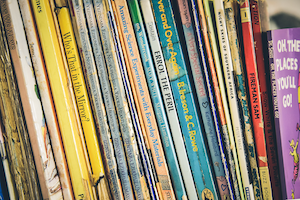
Looking for more resources? We have you covered!
Anti-Racism resources (including books)
Best toys for speech and language development
Board games for speech and language
This post contains some affiliate links and we may be (slightly) compensated if you use them, but all opinions are our own. We appreciate the support!

